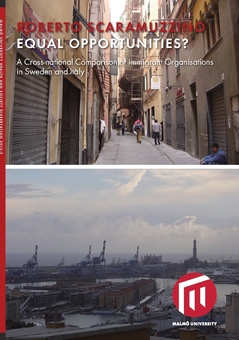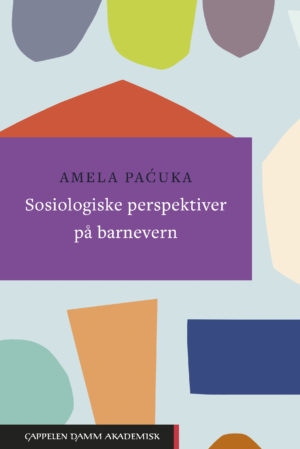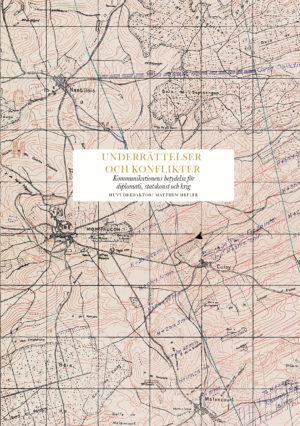English abstract
Abstract This thesis concerns the role played by immigrant organisations today. It focuses on the way in which the national context and especially the corporative, social welfare, and integration systems affect such roles. The thesis is structured around the hypothesis that immigrant organisations are shaped by their interaction with political opportunity structures which function as links between the broader institutional setting and the organisations. Examples of such structures are consultation bodies, systems of public funding, rules and routines for public-private partnerships in service provision, access to media and public debate and fiscal facilitations. Such structures can be used by immigrant organisations to, for example, advocate for the interest of the groups they represent, to strengthen their own organisation, as well as its position in society, and to influence policy. However, the usage of such structures always implies a certain amount of control and regulation, as it might require that the organisations assume certain internal rules, adhere to certain principles, or work with certain issues. To highlight the role of the national institutional setting, and especially of the corporative, social welfare, and integration systems in shaping the function of immigrant organisations, this thesis adopts a cross-national comparative approach with Sweden and Italy chosen as national contexts. The cross-national comparison follows a so- called “most-different” logic as these two countries’ civil societies, welfare systems, migration patterns and integration systems show salient differences that make them interesting to compare. Political opportunity structures are, however, spread on different levels from the local to the international in a so-called “multi-level system”. To reflect such complexity, the thesis is designed as three sub-studies focusing on the interaction between immigrant organisations and political opportunity structures connected to different levels: European Union (EU), local and national/regional. Each one of the three sub-studies therefore presents a comparison of immigrant organisations’ interaction with political opportunity structures in Sweden and in Italy. The empirical data consists mostly of interviews with representatives of immigrant organisations and other key-informants from other civil society organisations, public authorities and experts. The results of the thesis show that Swedish immigrant organisations seem to have been able to rely on relatively strong resources and administrative capacity as a consequence of the national and local systems of public grants. In Italy, the results show major differences between ethnic organisations, inter-ethnic and hybrid organisations (connected to trade unions). Ethnic organisations seem to be more marginalised in relation to both public funding and networks of organisations while inter-ethnic and hybrid organisations seem to have been able to access and use such opportunity structures and strengthen their position especially as service producers. The thesis also shows that the corporative, social welfare and integration systems seem to have played a crucial role in shaping the functions of immigrant organisations through the political opportunity structures. The most relevant opportunity structure for the Swedish immigrant organisations was the national and local systems of public grants, while for the Italian organisations the most relevant was the constellation of actors that had access to resources as service providers in the welfare-mix model. The results show also trends of convergence as the importance of immigrant organisations as service providers, often working in network with other organisations, was also evident in Sweden. Also the importance of the EU both as a channel for influencing policy through participation in European networks of organisations and as source of resources for activities at national and local level is evident in the results. Furthermore, the results show that immigrant organisations in Sweden were more often addressed by public authorities and other organisations as civil society organisations with knowledge and expertise on integration issues, while in Italy their role as representatives of immigrant communities was more often highlighted (at least for the ethnic organisations). This reflects the way in which the channelling of ethnic-based collective interests is structured in both countries. The results suggest that immigrant organisations in both countries are much embedded in the national and local context while tendencies of trans-nationalisation, for example, through trans-national ethnic networks only concerned a few organisations which in their turn tended to interact less with local and national political opportunity structures. The nation-state, in fact, seems not to have lost its importance for immigrant organisations as a frame for influencing policy-making and for collective identity formation.







